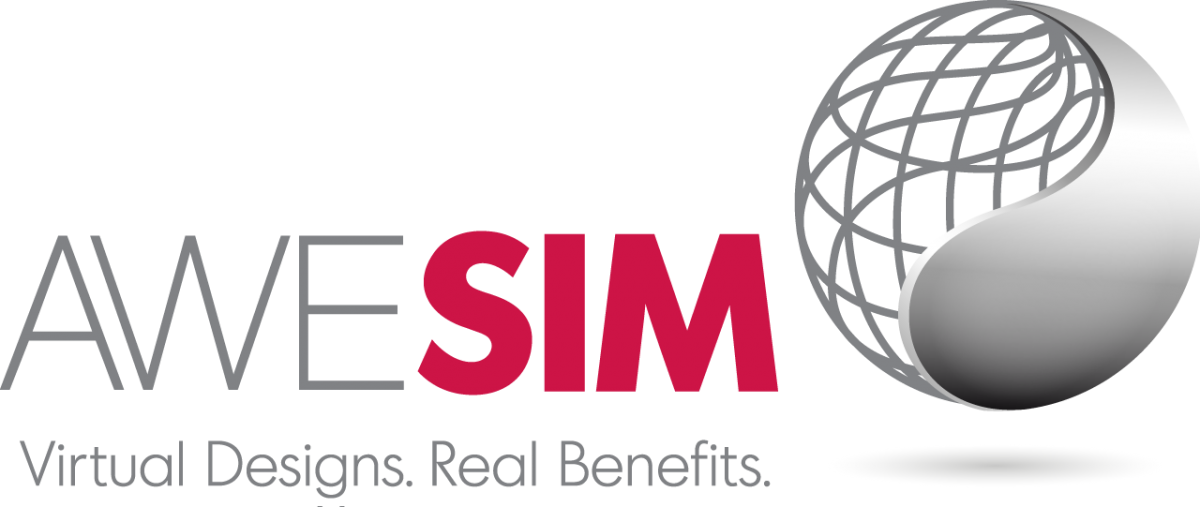Before everyone could afford a clock, no one cared what time it was…
Before 1883, every major city and town kept its own “time”’ according to the sun. Then came fast cross-country communication (trains) and portable time (affordable watches) and it became obvious that we had to have standard times ... if nothing else to know when to catch the train.

Affordable and “standard” times have become so obvious we sometimes forget the financial impact this innovation brought to modernize the world. Standard times were one of the innovations necessary for the industrial revolution.
High performance computing – and the modeling and simulation it enables – is having an analogous impact, but some might not see the benefit at the moment. That said, in our manufacturing sector, too often we are still treating HPC as our “precious gold watch” — for display only. But for those who depend on it (aviation, automotive, military, etc.), it seems as obvious as standard time.
“Change happens when the pain of change becomes less than the pain of NO change.”
In the early 1980s, as a young P&G engineer, I was trying to implement an innovation. Testing it would require extensive manufacturing plant testing, which would have never been allowed. However, using calculations and simulation done with a computer, we were able to show the advantage of the new approach. Those simulations by today’s standards were very crude. But they were good enough to be believable, and at one-tenth the cost of the full-scale test – not to mention being available in days vs. months – that was enough for management to make the decision at hand. They made the long-term plant operating and design choices, and history proved them correct to the tune of saving millions of dollars. Of course, without the inexpensive way to see that change, we would not have made it.
What that young engineer did not realize then was the timeless lesson the situation taught. And with today’s HPC modeling and simulation that “virtual test” will be much more realistic, lowering the “belief barrier” to try it.

Innovation, not just in what we make, but how we make it, is crucial to thriving over the long haul.
Entrepreneurs often get credit for trying something completely out of the box, but they also often have less to lose. When you already have a thriving manufacturing operation, it feels risky to change it. If testing that change is very costly without changing the whole thing – for example, the design of a bridge – then often the risk just cannot be taken.
Here is where HPC modeling and simulation becomes the affordable, portable, standard time of our day. There is still pain: A nagging, persistent belief that replacing a “real” test with models and simulations is too expensive, too high tech and not accurate enough. It’s funny; these were the same complaints I heard in the 1980s.
The “pain” will never go completely away but with AweSim, we can make that pain more like a finger stick, not an amputation! But without the promise of gain, why try it?
AweSim does not only offer computing, software and the services to apply them to your operation. It really offers the opportunity to truly understand the “pain” of your today as compared with a tomorrow that your imagination can see, but you cannot test.


